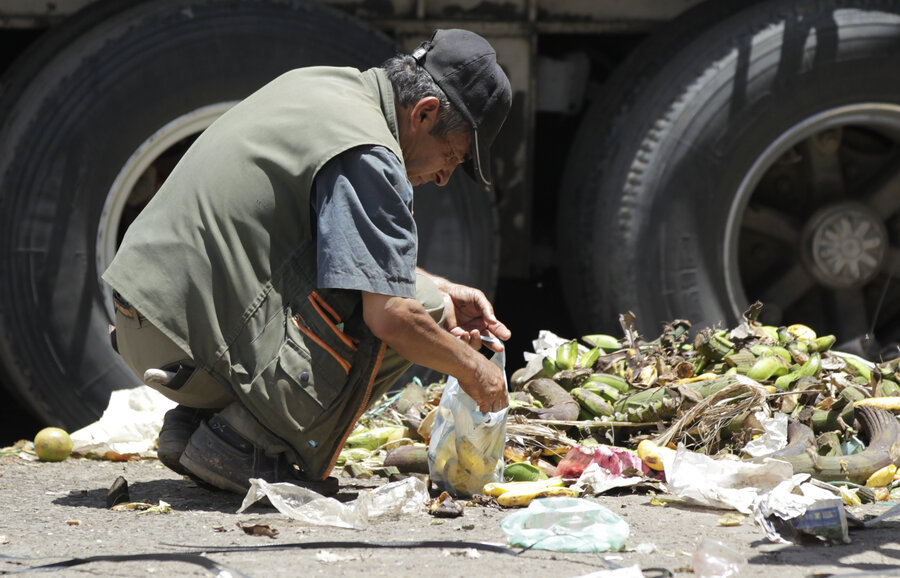New ideas reduce waste and spoilage after the harvest
Loading...
The next great agricultural innovation might come from years of scientific research in agricultural yields. Or it could be something as simple as a $2 bag to protect cowpeas from weevils.
Worldwide, 1.3 billion tons, or one-third of all food produced for human consumption, is lost or wasted post-harvest every year. But researchers spend almost nothing on solving this. A 2009 study by the University of California-Davis found that 95 percent of all agricultural research dollars are spent on production, leaving only 5 percent for the post-production phase.
Fortunately, some solutions to curb post-harvest losses are surprisingly simple. Bags designed by Purdue University to seal off cowpeas from the weevil parasite sell for $2 and are expected to reach sales of over 1.7 million across western Africa this year. Before the bags, cowpea farmers lost up to 50 percent of their annual harvest to the infestations. Now, uninfested cowpeas are selling for 20 percent more and increasing annual incomes by $150.
IN PICTURES: Food security in Africa
The Purdue cowpea bag is a great innovation for a specific problem. But pests such as weevils are not the only problem. Some farmers prematurely harvest their crops due to an immediate need for food or cash.
A lack of infrastructure hurts developing areas, too. Without refrigeration (both in storage and in transport) or other preservation techniques, many farmers sell the majority of their crops immediately after harvest. For farmers, this means unstable income; for food buyers, it means price hikes of 20 to 30 percent in non-harvest months.
Investment in technology that reduces post-harvest losses might be cheaper and better for the planet than more production research. The World Bank claims "it is likely that promoting food security through post-harvest losses reduction can be more cost effective and environmentally sustainable than a corresponding increase in production, especially in the current era of high food prices. Assuming only a 1 percent reduction in post-harvest losses, annual gains of $40 million are possible, with producers as the key beneficiary."
These problems are not exclusive to the developing world. When one-third of the food is produced and not eaten, one-third of the the water, carbon emissions, fertilizer, labor, and production and transportation costs are all used in vain. Decreasing post-harvest losses will vastly increase the effectiveness and sustainability of global agriculture.
• This article originally appeared at Global Envision, a blog published by Mercy Corps.
• Sign up to receive a weekly selection of practical and inspiring Change Agent articles by clicking here.







